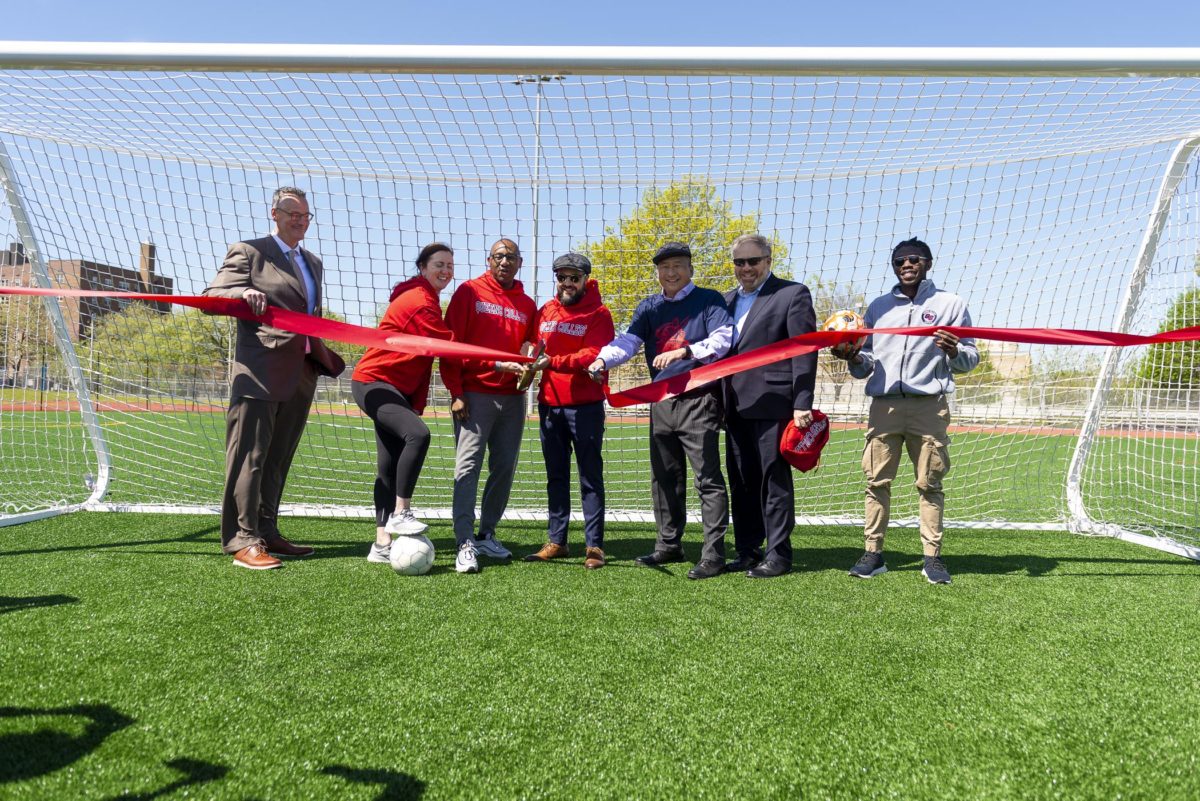A little rain did not stop the Forest Hills and surrounding communities from coming out to support local artists over the weekend.
Metro Village Forest Hills, a small business alliance founded by Rachel Kellner of Aigner Chocolates, and Eileen Arabian of DEE’S Wood Fired Pizza + Kitchen, put together the first-ever Metropolitan Avenue of Art event.

AnnaMarie Prono showed her “100 Days of Birds” art series.
At the event, members of the community could go on a free, self-guided tour down Metropolitan Avenue in Forest Hills, and visit the 11 businesses who housed different artists’ work.
Joana Chu, a real estate salesperson at Home Court Real Estate, helped coordinate the event with Kellner and Arabian, along with Teri Basile of Art World Custom Framing.
“We kind of brainstorm different ideas and ways to drive traffic to the avenue, and that is how this event became an offshoot of one of our meetings,” Chu said. “So the four of us were interested in really hunkering down and actually putting the event together.”
Chu added that Metro Village’s main goals for the event were to familiarize the community with local businesses, as well as provide an outlet for artists.
“I think it’s really difficult for local artists to have venues and free opportunities to show their art and to sell their art,” she said. “So we thought this would be a nice way to support them, and to kind of connect with the community and have them become aware of both the artists and the businesses.”
Alan Cory Kaufman, a Forest Hills resident, displayed his artwork inside Aigner Chocolates.
His work consisted of acrylic paintings of various animals, primarily fish, that were executed in a playful, almost childlike manner.
Kaufman said that he started painting to keep himself busy while rehabilitating himself after he had undergone brain surgeries and spent a lot of time at home.

Alan Cory Kaufman displayed his artwork at Aigner Chocolates.
“I’m not really a trained artist, but acrylic paints are fun. They’re easy, and they’re simple to get,” Kaufman said. “I spent a couple of hours each day painting and they accumulated, and my wife Susan led me up to participate in this event when we ran out of space on our wall.”
Axel Checa, an architect with the Department of Buildings whose work was displayed at Dylan’s Restaurant, also does art for therapeutic reasons.
Checa, who is Native American and identifies as two-spirit, said that her artwork is a way for her to express and discover herself during the darkest of times.

“This piece is from five years ago, when I was in college, and just starting art. I made it to be secure and to comfort me, because at that time, I had no idea I was trans,” Checa said in reference to a self portrait.
“It’s funny because there’s two people in the portrait: the hood version of me and the spiritual version of me,” she continued. “It’s kind of a dark piece. I used it to get through some feelings of discomfort and not knowing who I am or what I’m doing.”
Other artists, like Debra Mintz, use art as a way to relocate their inner child.
Mintz is a graduate of Yale School of Art, and a retired teacher from Fiorello H. LaGuardia High School of Music & Art and Performing Arts, where she taught for over 20 years.
“These are abstract, and I quote my father when it comes to these. He said if you are yourself then you will always be original,” she said. “Even though I’m highly educated,
I’ve always tried to think deep down inside and find out who I am and relocate the child in me. And that’s how I found all these shapes.”
Mintz uses any art material known to man to create her works, and the drawings she displayed featured various abstract shapes and bright, eye-catching colors.
Many community members came out to support the artists, including Queens Borough President Donovan Richards and Councilman James Gennaro. A lot of the featured artists said they made quite a few sales during the art walk.
“There’s just a sense of a small town when you walk down Metropolitan Avenue. It has a different feel, and we really want to foster that,” Chu said.
“The fact that the small business owners are getting to know each other, and we’re all neighbors, many of them live above their businesses and many of them have been there for 20 years,” she continued. “So I think it’s really important to kind of make sure that we stay connected, and we support each other and each other’s businesses, so we can all thrive.”


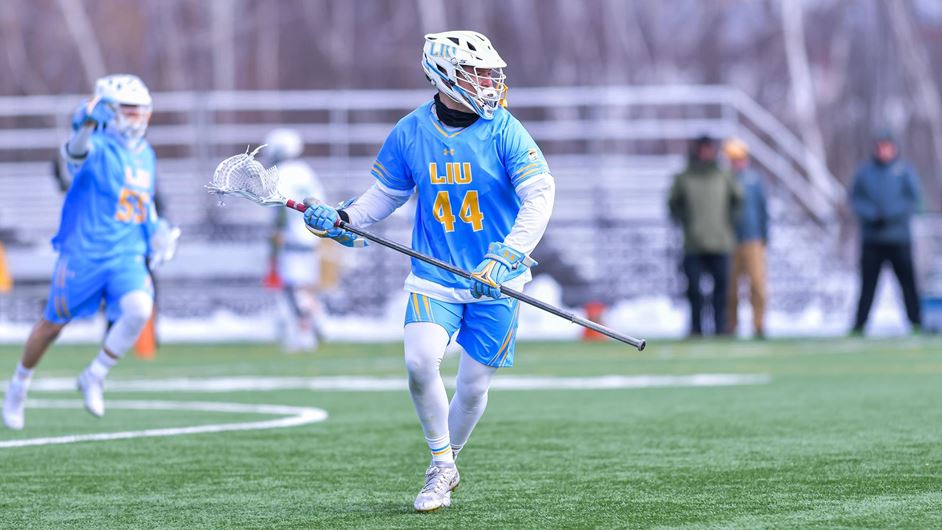

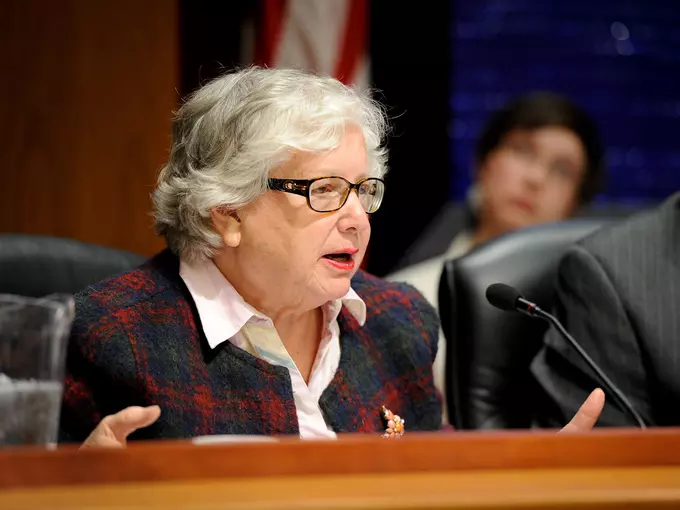
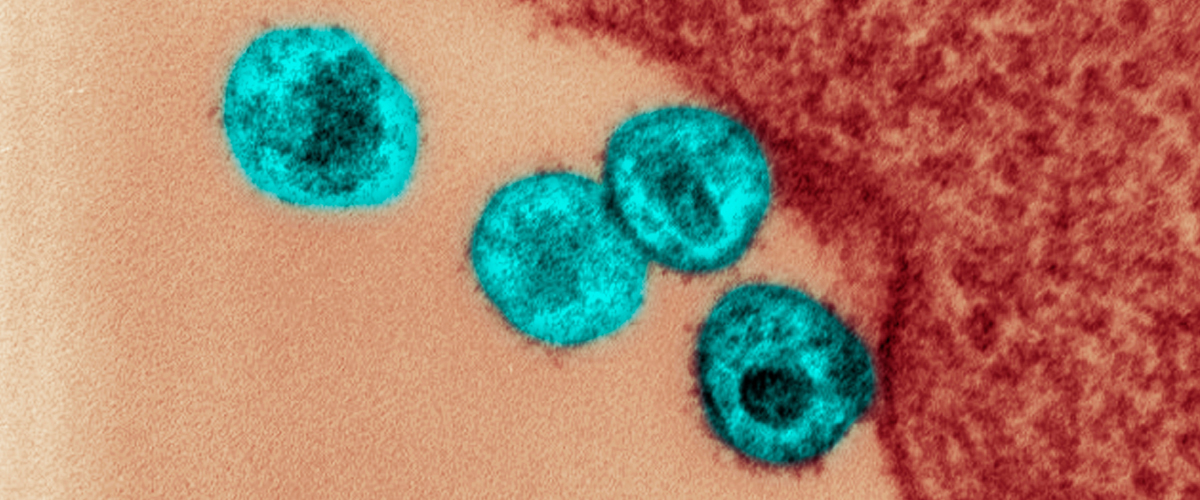
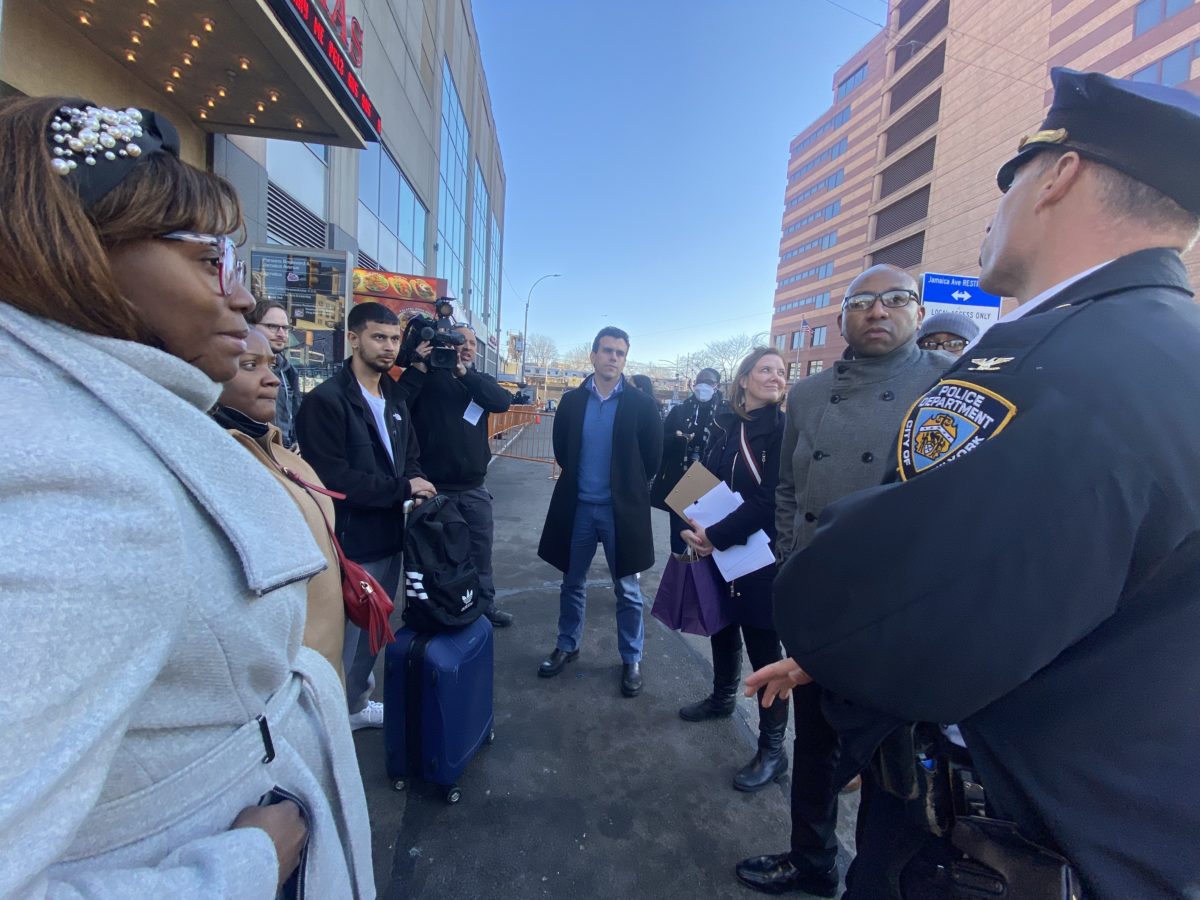
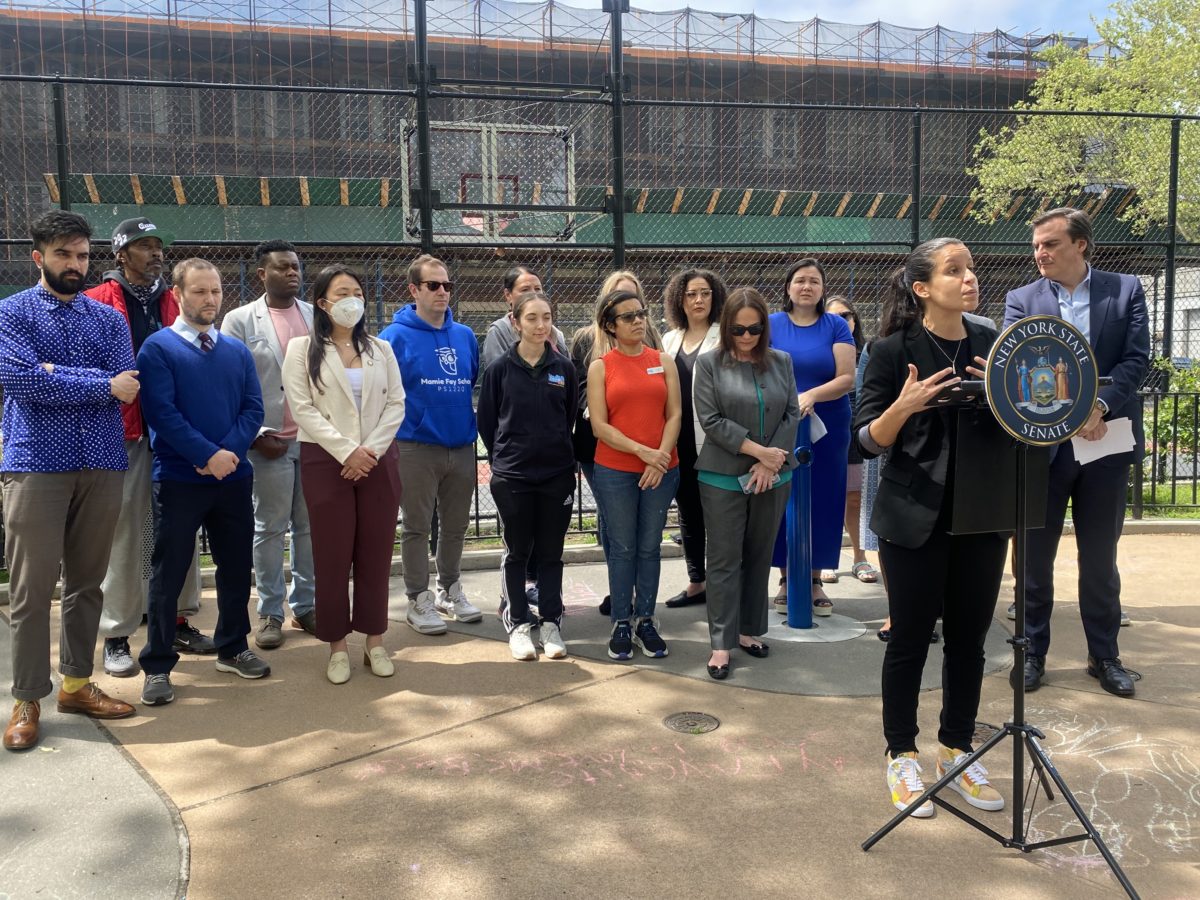
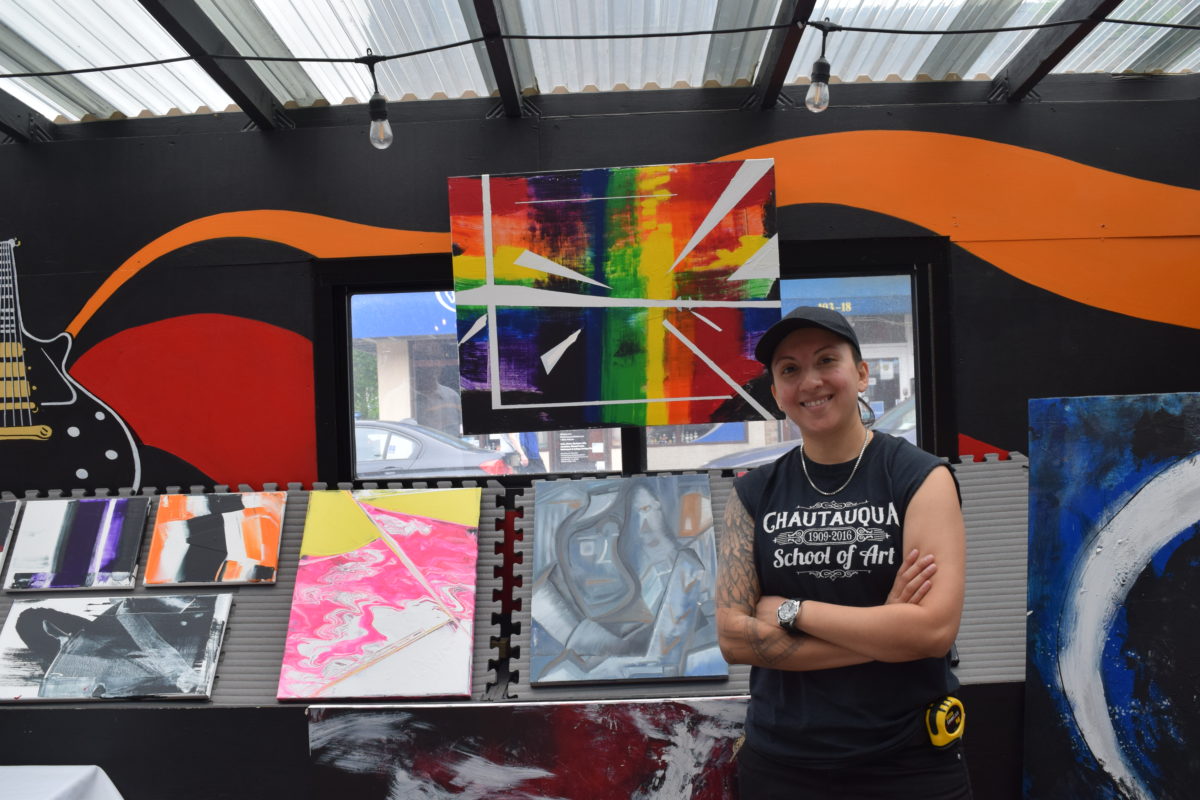



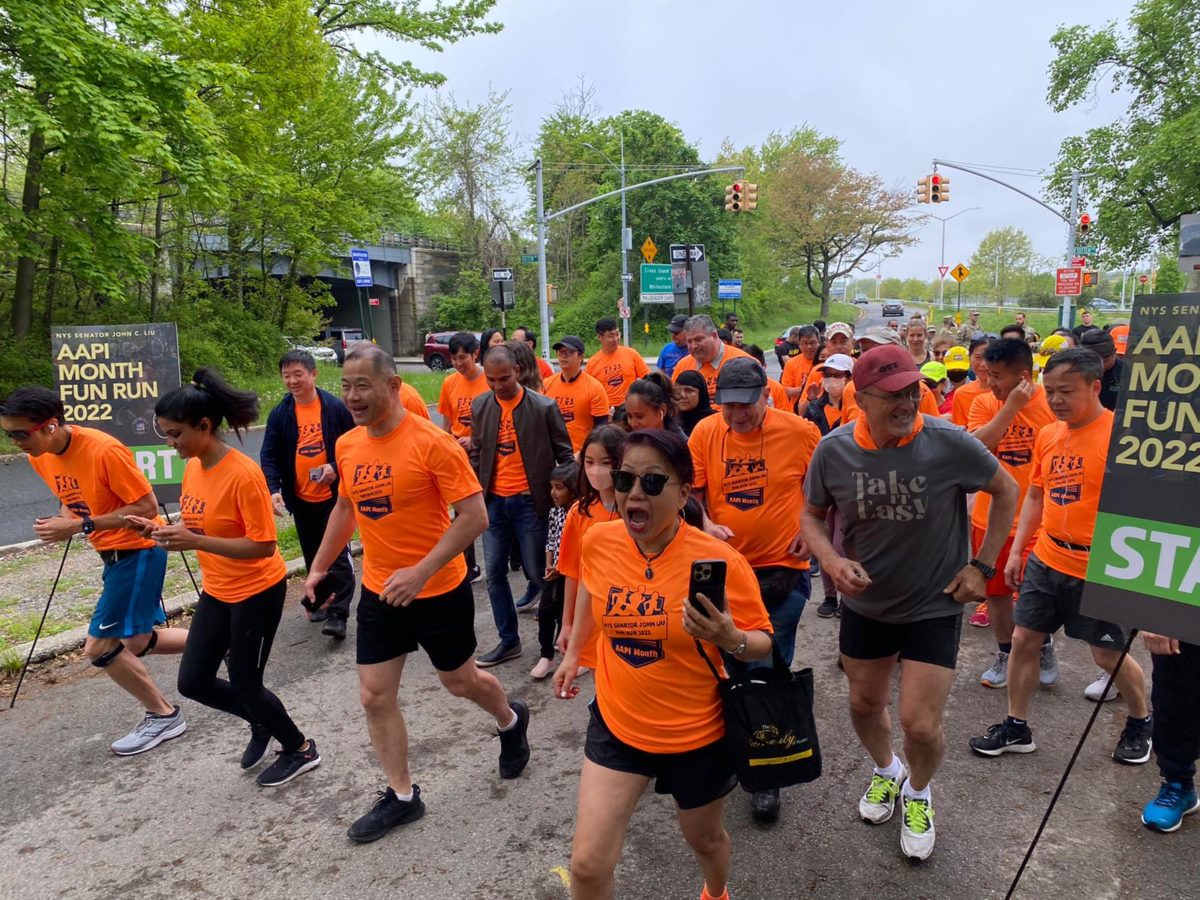
 Liu noted a great turnout, where the first 100 runners received a free bright orange t-shirt and a healthy dose of exercise.
Liu noted a great turnout, where the first 100 runners received a free bright orange t-shirt and a healthy dose of exercise.